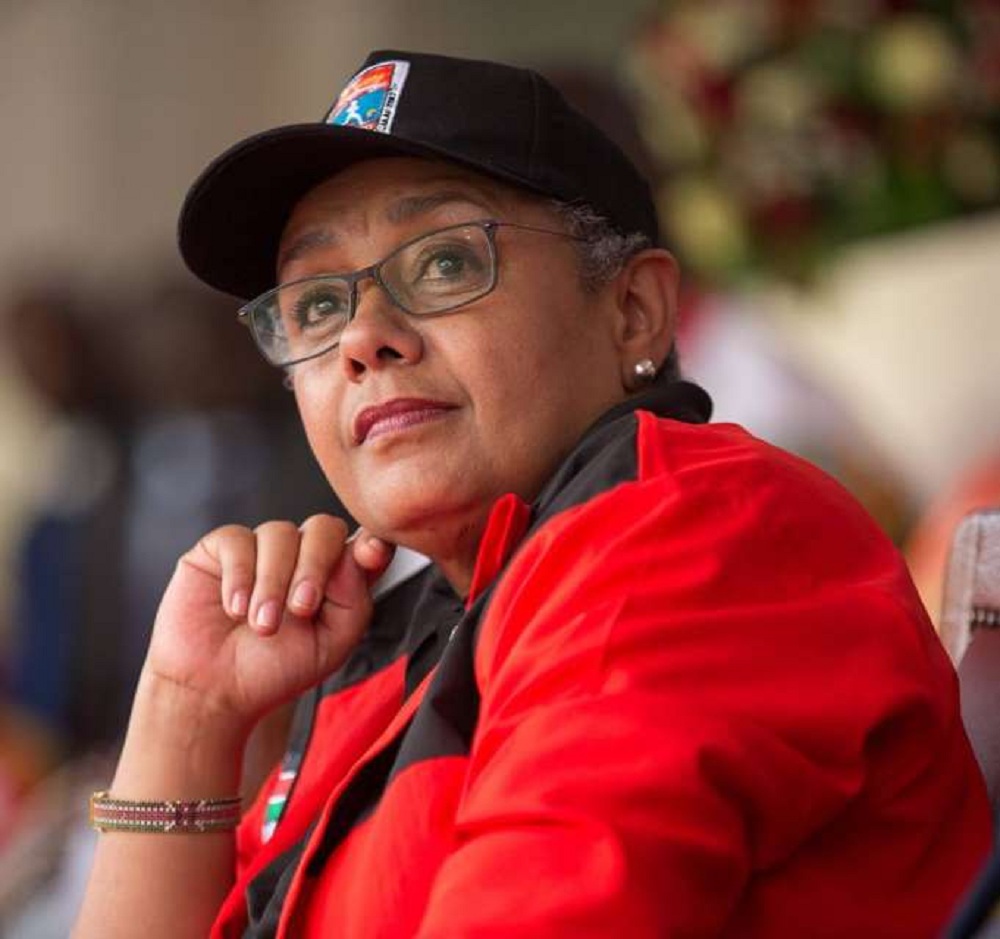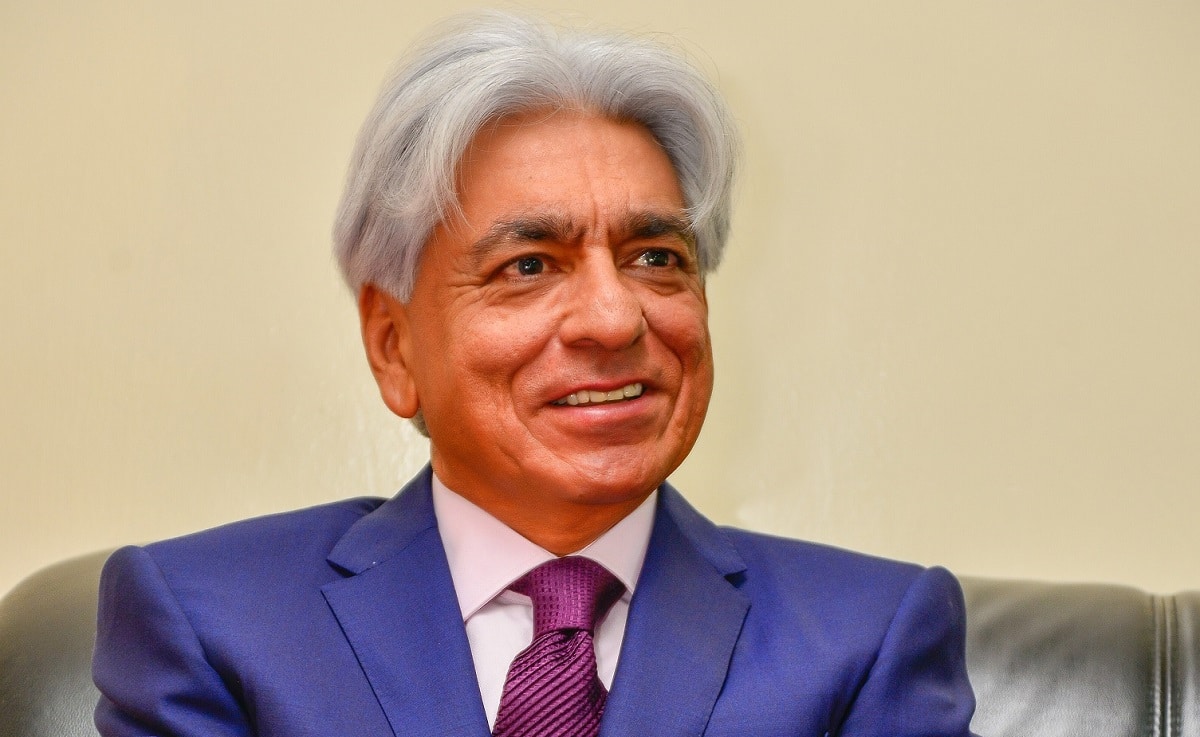First Lady Margaret Kenyatta has pledged renewed zeal towards achieving zero new HIV infections in the next five years of President Uhuru Kenyatta’s administration, as the nation joined the globe in marking the World Aids Day on Friday.
In a statement, the First Lady reiterated that the battle against Aids was not won yet saying collective efforts must be made to secure adolescents and youths between ages 15 and 24 who remain at high risk of contracting the disease.
“This day offers us an opportunity to reflect on the progress we are making as communities, as a country and as a global village, in addressing HIV and Aids,” she said in the statement.
“This day also affords us with yet another opportunity to renew our resolve towards that bold and audacious vision of zero new infections,” she appealed.
She also pledged to scale up campaigns to reduce stigma and raise awareness among women on prevention as well as expand access to testing services under this year’s national theme ‘Up for HIV Prevention’ the United Nations global theme being ‘My Health, My Right’.
While noting the significant reduction in HIV prevalence in the country, the First Lady encouraged a multi-agency and multi-faceted campaign to further s5cale down prevalence.
“I urge us to stand united to address a concern that affects us all – because it will take the efforts of all of us: mothers, fathers, teachers, the community, national leaders, Government, international partners, civil society, mentors and role models —everybody,” said the First Lady.
“As we commemorate World Aids Day, and as we celebrate our victories, let us commit to working together, side by side, with renewed vigor and passion towards the realisation of our ultimate vision: a HIV free generation.”
According to the Kenya HIV County Profiles (2016) published by the National Aids Control Council (NACC) the national average prevalence was at 5.9% having dropped from 6.04% in 2014.
According to the 2016 index, 897,644 adults were on treatment countrywide as of 2015, compared to 596,228 in 2011 according to the 2014 index.
The reporting in both county profiles was based on approximately 1000 treatment sites according to NACC.
According to the 2016 profile, the HIV and Aids burden in the country was estimated to have accounted for twenty-nine per cent of annual adult deaths, 20% of maternal mortality, and 15% of deaths of children under the age of five.
“The epidemic has also negatively affected the country’s economy by lowering per capita output by 4.1 per cent. Kenya has an estimated 71,034 new HIV infections among adults and about 6,613 new infections among children annually,” the 2016 report detailed.
“Stable and married couples are the most affected, as this group accounts for 44 per cent of the new adult infections,” the report revealed.
On October 27, 2016, NACC Director Dr Nduku Kilonzo had noted 17% increase in new HIV/Aids infections among adolescents even as the country recorded a general decline of 19% in new infections between the year 2013 and 2015.
While launching the Kenya Aids Response Progressive Report (2016) at the time, Kilonzo pointed out that young people (15-24 years) contributed 51 per cent of new infections in the year 2015, a figure that has risen from 21% recorded in 2013.
According to the report, there were 35,776 new infections recorded among the group in 2015 bringing the total of young people living with HIV to 268,586. A whopping 3,853 youths died of HIV, the report revealed.
At least 97 people between ages 15-24 were said to have been infected on a daily basis. This arithmetically translated to 4-5 new infections on an hourly basis.
READ: Gambling making Kenyan youths suicidal
Counties of Kisumu, Homa Bay and Siaya were classified as endemic recording a prevalence rate in excess of 15% at 19.9, 24.8, and 26% respectively.
The nation had based on the 2016 report achieved a 49% decrease in new infections among children with seven counties having achieved a less than five per cent mother-to-child transmission target. The counties include Nairobi, Nyeri, Kiambu, Nandi, Nakuru, Elgeyo Marakwet and Bungoma.
“Overall, 24 counties reduced HIV infections among children with Kisii, Nyamira and Migori counties being top three,” read part of the report.
Infections among children however increased by over a hundredfold in nine counties namely; Kitui, Kwale, Kilifi, Marsabit, Garissa, Mandera, Lamu, Tana River and Wajir.













Leave a comment